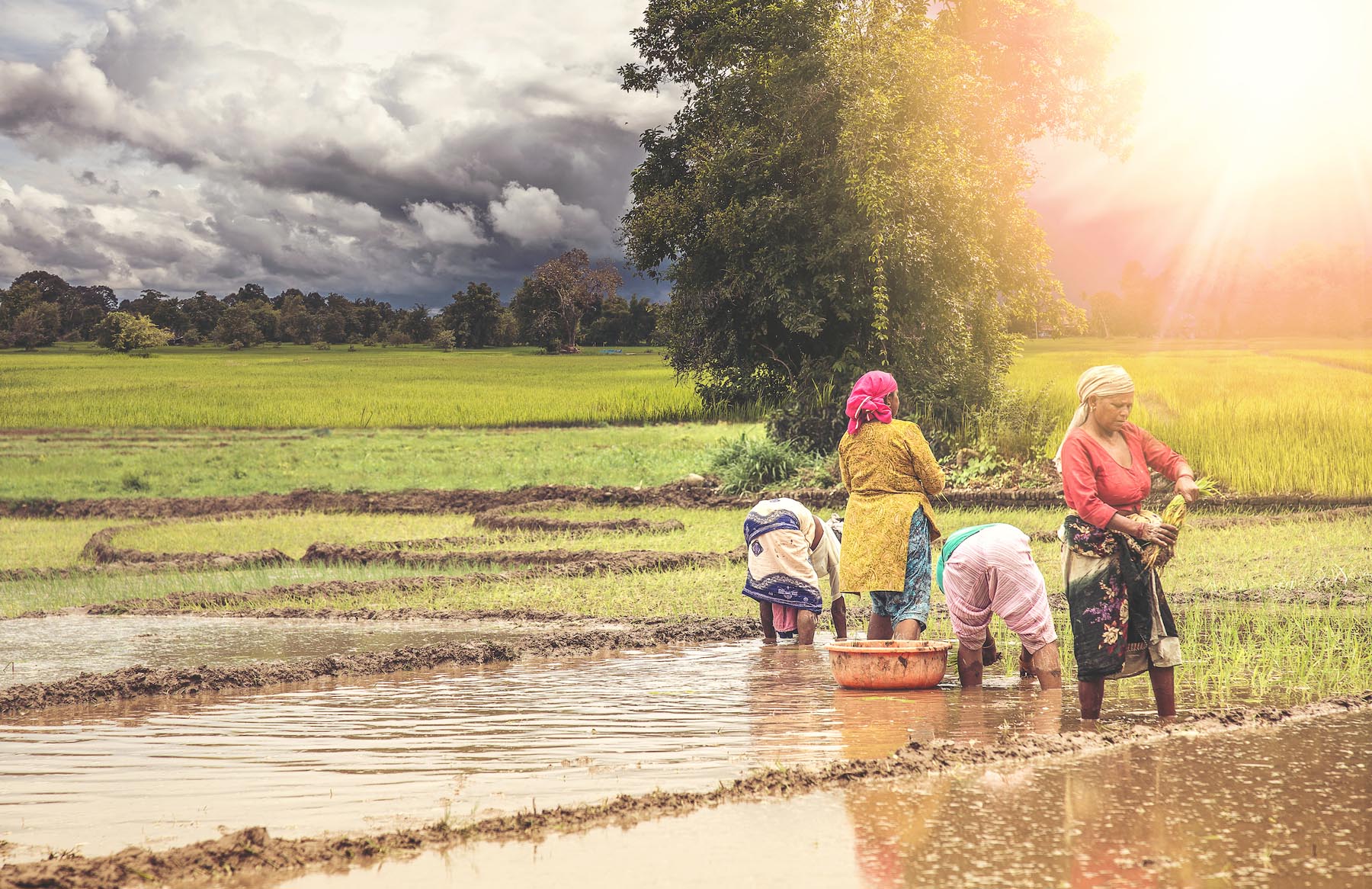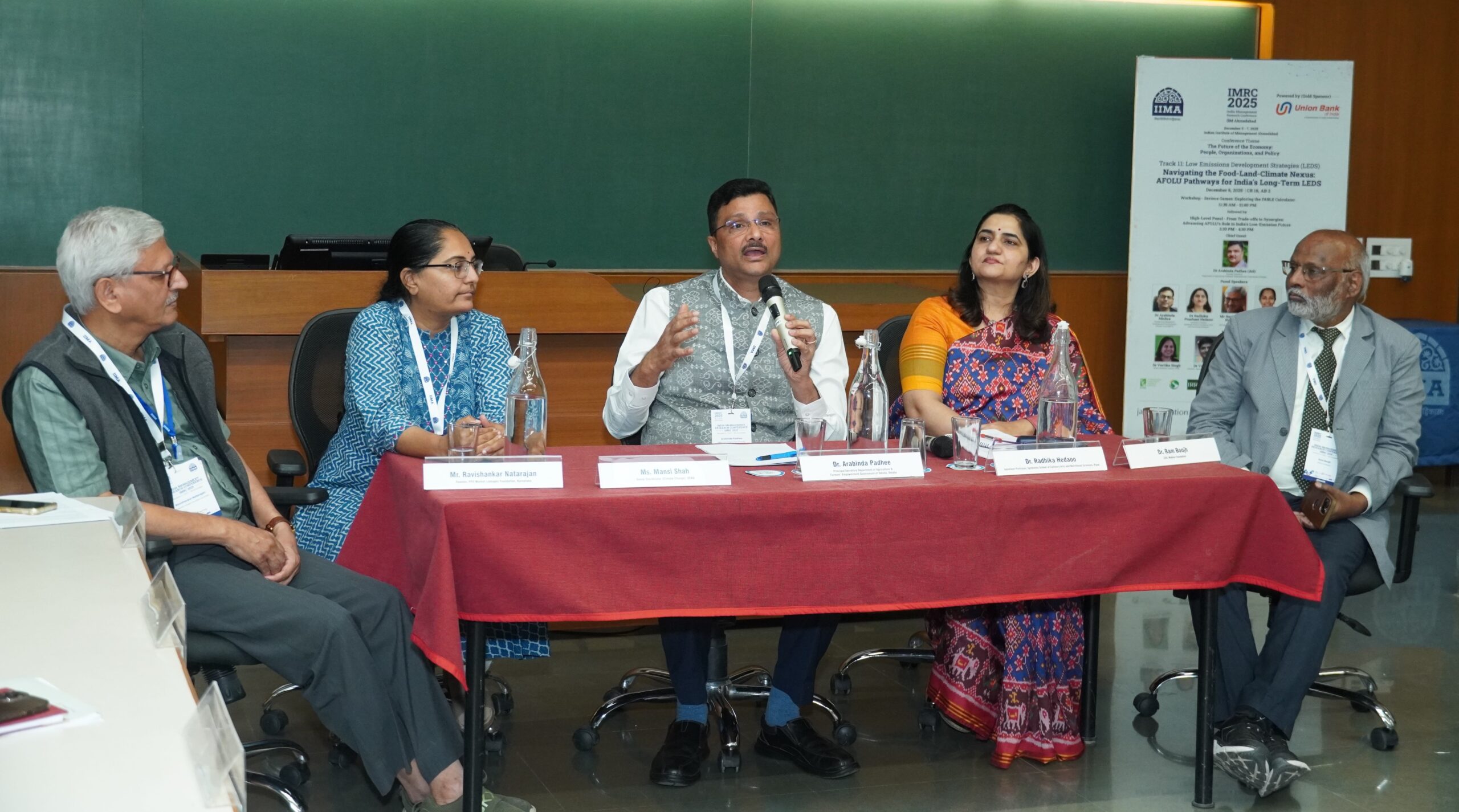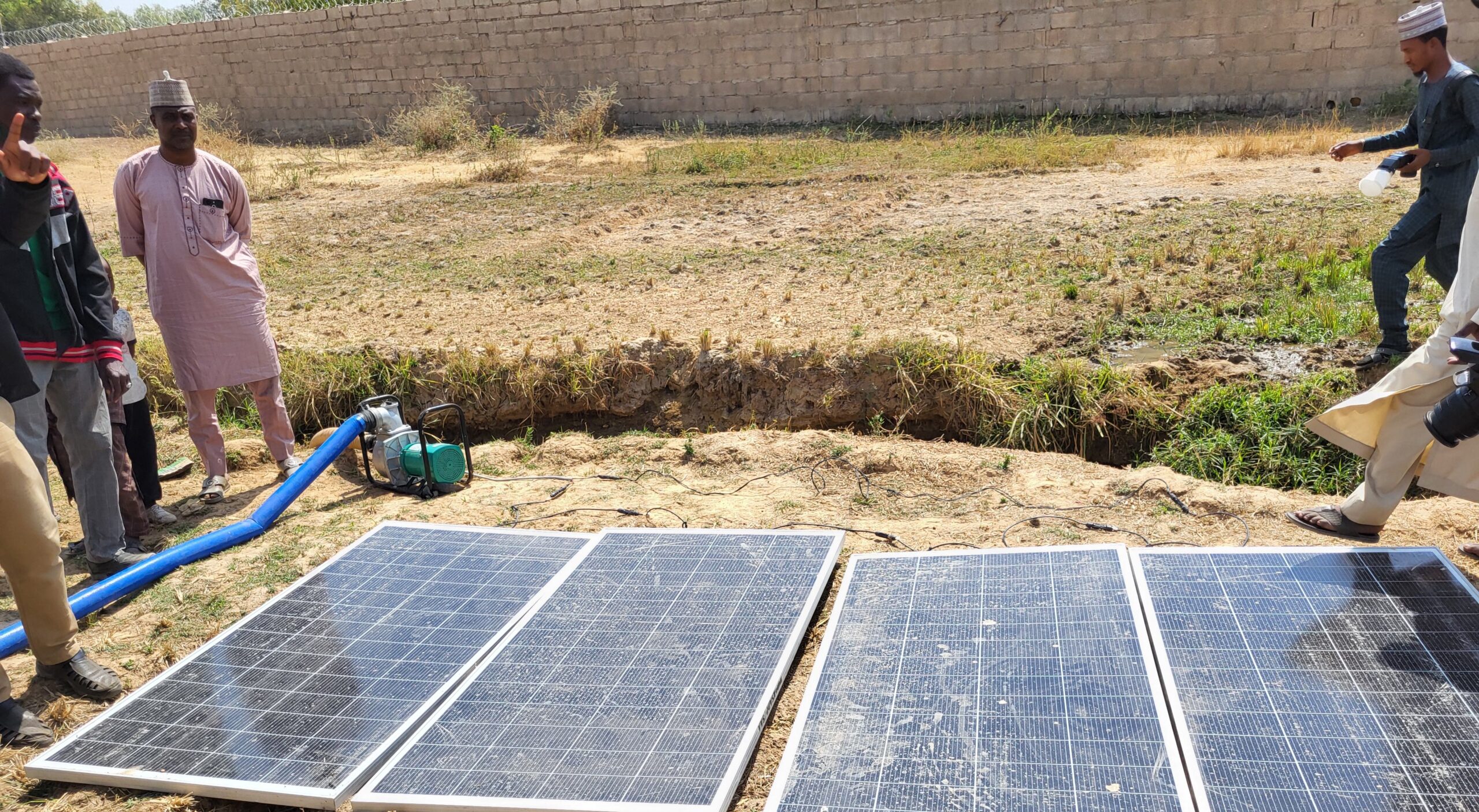The world’s population is growing, and we only have limited land for farming. Will we run out of food? That question, famously posed by Thomas Malthus in the early 19th century, has been discussed for decades.
The short answer is: no, we will not run out of food. Why? Because agriculture is beating the odds. Thanks to productivity growth due to technological changes, agriculture is growing just as fast—and even faster—than the population. In fact, since the 1970s, world agricultural production has been increasing at an average of 2.3 percent a year. While in 1961 the world was feeding 3.5 billion people by cultivating 1.3 million hectares of land, 50 years later—with a world population that has doubled to 7 billion people—agricultural production has tripled, even though land under cultivation increased only 12 percent. We are actually producing enough food to feed the world now—and some researchers argue even more would be available if we reduced post-harvest damage and spoilage, and consumer waste.
Even more encouraging, today, more food is being produced where the most people are: in developing countries such as China and India. In 2010, developing countries accounted for 68 percent of global agricultural output, compared to 44 percent in 1965. Improved farming technologies and practices are the main source of this growth, and the possibilities for new innovations are practically endless.
Does that mean there is nothing to worry about? Not exactly.
There are a couple of dark clouds hanging over this sunny story.
One is the steady and ongoing increase in commodity prices worldwide. In the last decade, food prices have gone up dramatically, with spikes in 2008, 2010, and in 2012. At first glance, this brings us back to Malthus again: demand for food is outweighing supply, causing prices to increase. However, recent hikes in commodity prices are not the result of a reduction in the world’s capacity to produce food and keep pace with growing demand, but seems to be a consequence of changes in global commodity markets driven by the success of emerging economies.
According to IFPRI researchers, rising oil prices and the resulting growing demand for biofuels are part of the explanation. This creates a vicious cycle: land is used for biofuels instead of food, lowering the supply of food and raising its price. Countries react by hoarding and refusing to import food to their neighbors, further exacerbating prices.
But there are several things national governments and the international community can do to slow down this cycle, including encouraging open domestic policies and restricting biofuel production.
The second cloud over this optimistic scenario is about Africa. Although African countries south of the Sahara saw an increase in agricultural GDP growth rates in the past decade—from 2-3 percent to 3-4 percent—this appears to come from a more efficient use of resources following policy reforms. To sustain this growth in the long run, African countries must step up their investments in agricultural research and development and infrastructure to find technological solutions, such as improved seeds and inputs, and better farming practices that are tailored to work in the African ecology. This will also help the region develop input and output markets to increase its participation in the world economy and take advantage of the opportunities offered by global commodity markets. This is crucial if Africa is to pull itself out of its current state of high poverty and food insecurity. Despite these clouds, Malthus’ gloomy prediction will not become reality. We don’t have a problem producing food. We have a lot of food, with many options for increasing it. We just need to get it in the hands of those who need it.
For more information, see Agricultural Productivity: A Changing Harvest in IFPRI’s 2012 Global Food Policy Report.







